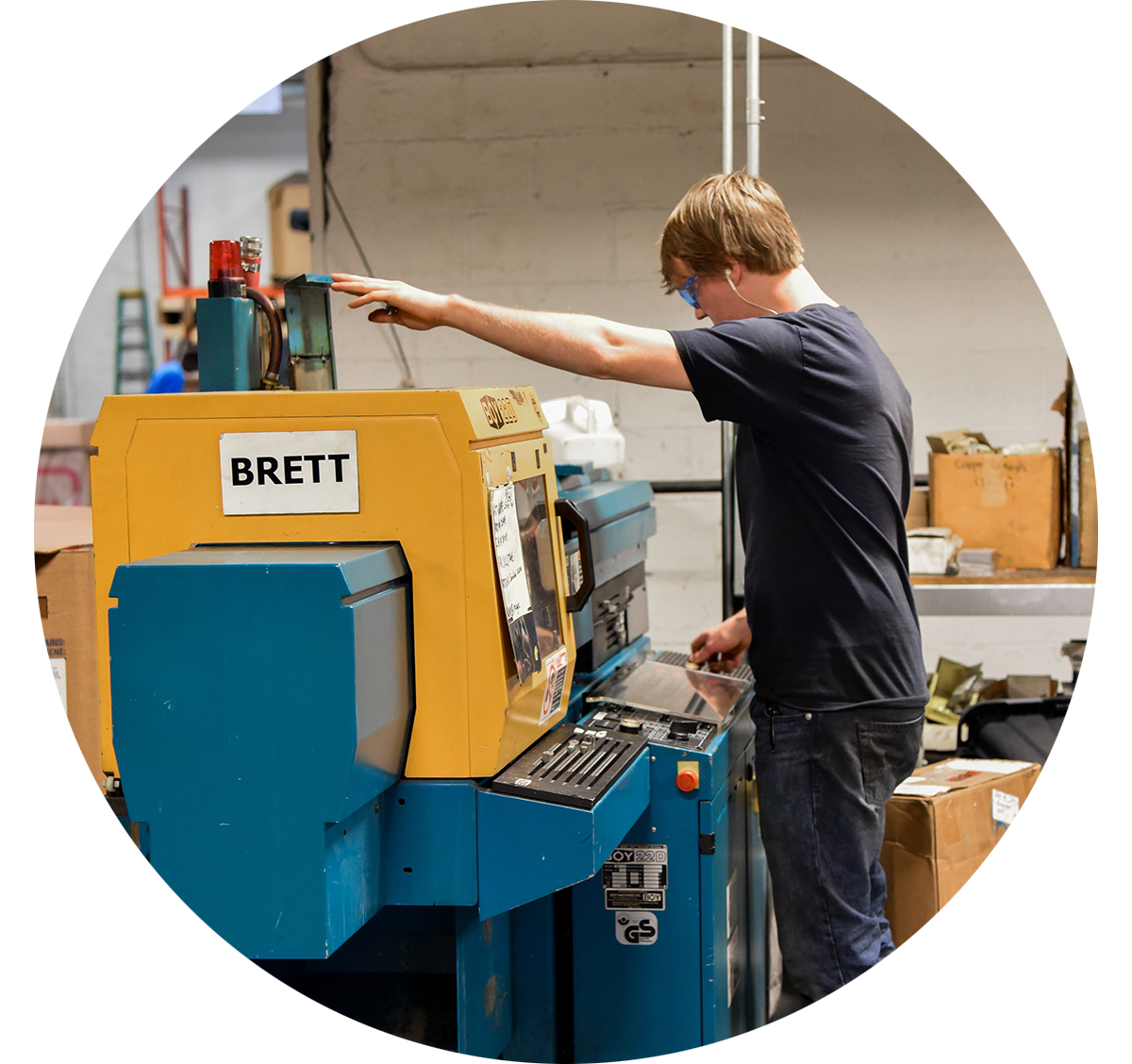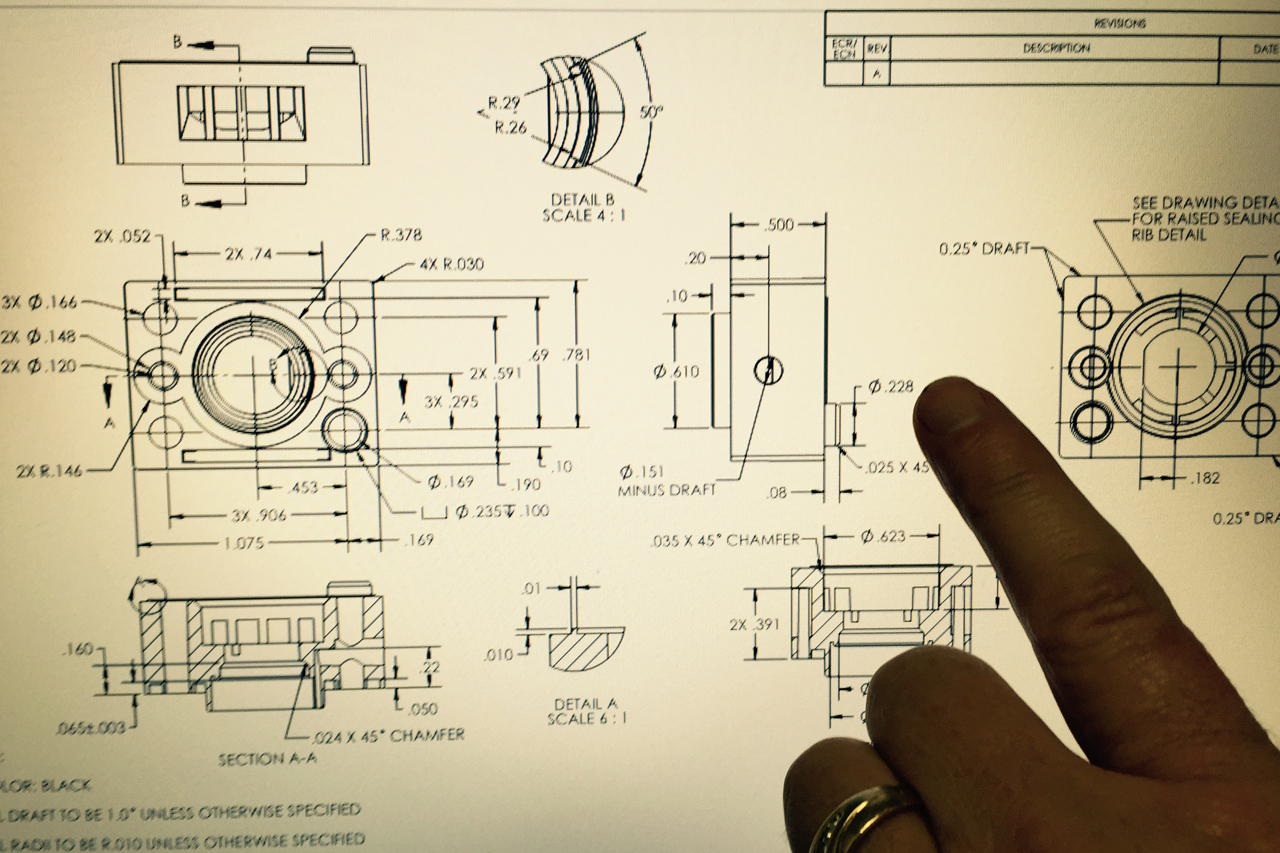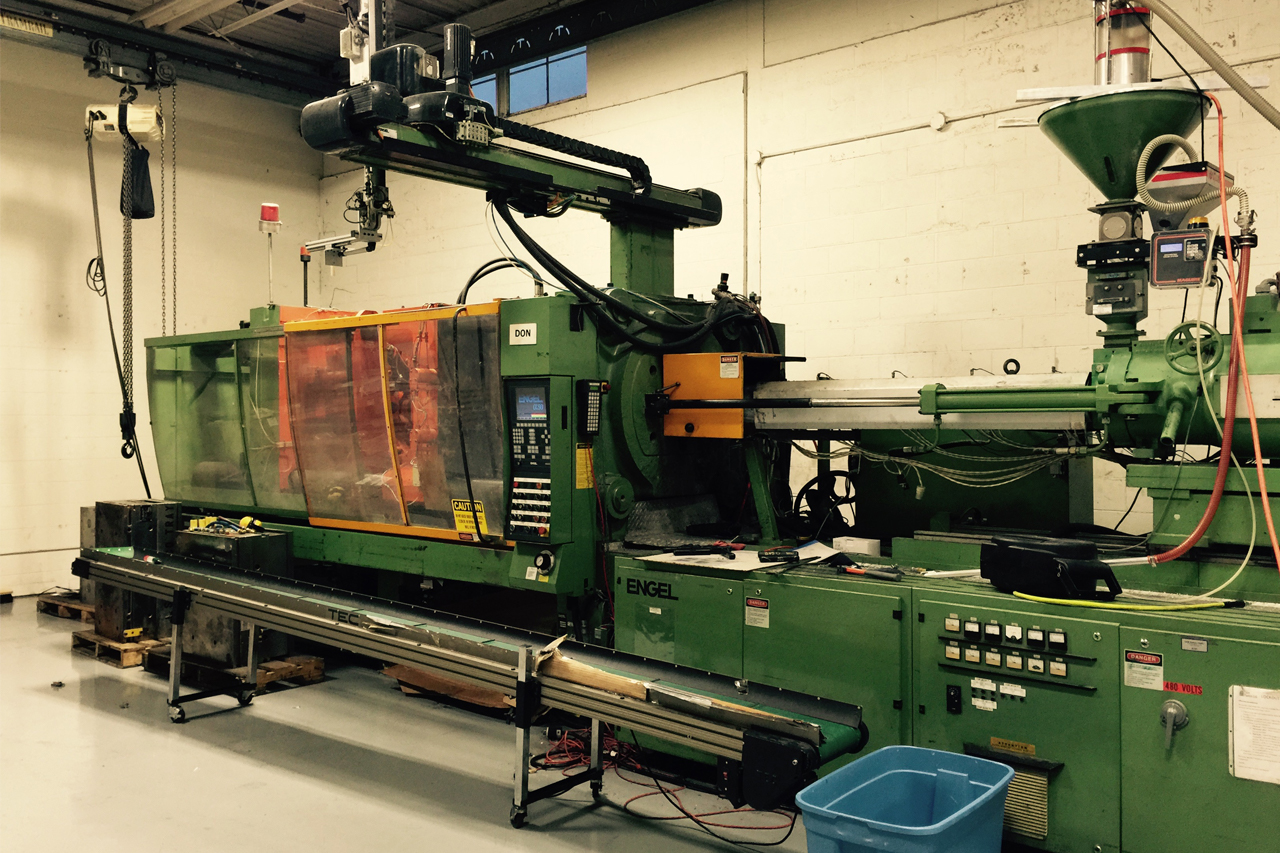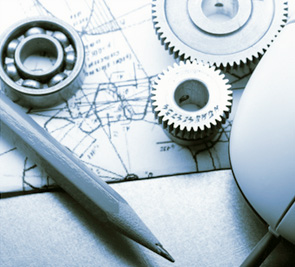About Plastic Injection Molding
Plastic Injection Molding Service
If you need a plastic injection molding service provider, we are one of the most cost effective and quality sources you can get. Our production team utilizes scientific molding practices to ensure quality parts on time. Our customer service linked with ISO-9001-2015 policies and procedures ensure the highest customer satisfaction.
Injection Molded Plastic Parts
We use variety of thermoplastic materials, computer controlled machinery and necessary auxiliary equipment to meet all of your parts criteria. We continually improve plastic part quality and costs by optimizing processes while reducing costs. We are focused on quality and customer service coupled with decades of experience.



How Plastic Injection Molding Works
Plastic Injection molding is the process of injecting hot, melted plastic into a mold to produce plastic parts. There are many ways to change the plastic parts in the plastic injection molding process. They are; plastic parts cooling time, plastic material heat temperatures, plastic injection molding speeds, pressures, time and plastic injection mold temperature. In addition to these parameters, consistent machine cycles and machine barrel cushions are a necessity for quality plastic parts.
The word “cushion” represents the space at the end of the injection/hold cycle that packs the plastic parts. Plastic, in pellet form, is loaded into a hopper which is feed into a heated tubular barrel with an auger or screw inside of it. Plastic is fed into the barrel moved to the plastic injection forward area. The plastic is then injected into the mold where it is cooled to produce the plastic parts. The mold consists of the tooling steel that is specifically made for that single plastic part. Tooling is required to make all plastic injection molded parts.

Advantages
Plastic Injection molding is low cost at higher plastic part quantities. The tooling is expensive so to make a single part is not cost effective. If you need a single part or low production, we can rapid prototype your part using a 3D printer or make a prototype tool that is good for lower part quantities. Injection molding assembly can be accomplished by the automated machinery or as a secondary operation.
Molded Plastic Parts
Examples of parts made by molding include: Caps, car parts, appliance parts, valve parts, fittings, washers, packaging parts, enclosures, covers, end caps, almost any design can be made in plastic if designed correctly and is consistent with industry standards.
Materials
The following plastic thermoplastic materials are some of the ones commonly molded using plastic injection molding: Nylon, HDPE, LDPE, PP, Acetal, polycarbonate, polystyrene, acrylic, ABS, PVC, polyester, PPO, PPS and let us not forget thermoplastic rubber. In addition, there are additives to the plastic resin that can be chosen including glass, carbon, conductive, non-conductive, anti-static, fire retardant, lubricative, wear resistant, talc, calcium, UV stabilizers and any color of the rainbow.Cost Reduction
Cost reduction options includes but not limited to:
1. Plastic part design principles: correct wall thickness, draft, ribs, radius.
2. Plastic parts made stronger with less material.
3. Using “windows” in parts instead of blind holes.
4. Using multi-cavity tooling
5. Using hot runners verses cold runners.
6. Using family tools that process different parts at the same time.
7. In-mold threading, decorating parts in process instead of a secondary operations.
We offer free consulting
Design Tips
While designing plastic parts, here are a few key things to remember:
1. Keep wall thickness uniform.
2. Avoid large solid areas that will not cool properly and may create warp.
3. Draft your plastic part by choosing the parting line of the mold and add draft accordingly.
4. Use a radius instead of sharp inside and outside corners.
5. Use ribs for strength. The ribs should be ½ of the overall uniform wall thickness.
Injection Mold Cooling
Almost all plastics will shrink after and while cooling both in the mold and after the plastic part is ejected from the mold. After the heated plastic is injected into the mold it must cool before ejecting the plastic parts from the mold. The design of your plastic part will determine how the part looks, acts and feels. Its always best to prototype your plastic part before an actual production capable plastic injection mold is made.
Plastic Shrink Rates
Plastic material choices will have different shrink rates. Plastic material manufactures will provide data sheets that will include critical data used to produce the mold but also critical engineering and testing data when choosing a material for your part. There are literally hundreds of different recipes in which you can choose from.

Plastic Injection Molding Terms In The Manufacturing Process
● Mold: Metal mold that is made to produce your plastic part. Also called tooling.
● Ejection pins: Steel posts in the tooling that push the part out of the mold.
● Parting line: Molds (tooling) have two parts. Dead half and the moving half. A witness line will appear on your part at this location.
● Cavity: Area of the mold where your part is formed.
● Gate: The area where plastic hits (injected) into the part (cavity).
● Runner: The travel area the plastic takes to get to the part from the sprue.
● Sprue: The area from where the plastic is injected from the barrel to the runner.
● Lifter: A part of the mold that is included when an undercut is needed in your part.
● Slide: The part of a mold needed if the part is not in die draw (undercut).
● Die Draw: A term used to refer to open and close referenced to the parting line of a mold.
● Barrel: Place where the plastic is heated before injection on the machine.
● Screw: The auger inside the barrel that brings in the plastic from the hopper.
● Hopper: Area where the plastic is held before processing.
